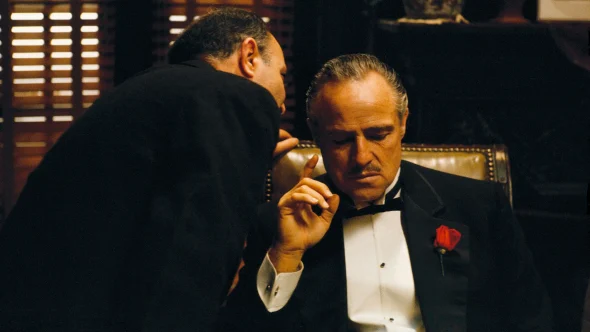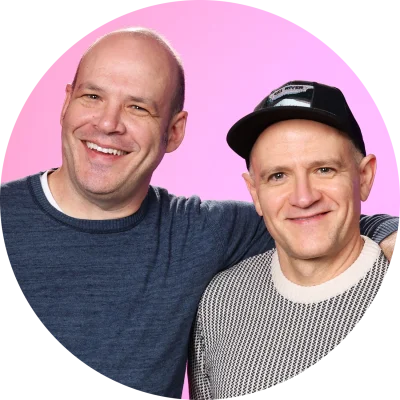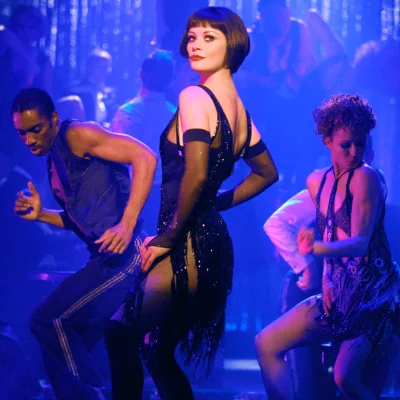
Cinematographer Masanobu Takayanagi and filmmaker Scott Cooper had made three movies together — two of which starred Christian Bale — before reteaming on The Pale Blue Eye. "I always (jokingly) tell Scott that I don't have to read the script if he and Christian are doing a project together," Takayanagi says. "I didn't need a pitch from Scott to convince me to make the film with him. As soon as he told me about the project, I told him that I was in. Being able to work with him and Christian is always a great honor."
"There's a mutual trust between us," he adds. "When you feel that someone trusts you 100%, you want to give back to the person 120%, and that's our relationship."
Born in Tomioka, Japan, Takayanagi immigrated to the States to attend film school, where he shot the short film, Shui Hen, and in 2003, won the American Society of Cinematographers' Heritage Award. Over the years, he's served as the director of photography on films like the Oscar-nominated Warrior (2011) and Oscar-winning Silver Linings Playbook (2012) and Spotlight (2015).
Following their work on 2013's Out of the Furnace and 2017's Hostiles, The Pale Blue Eye marks the latest creation between Bale, Cooper, and Takayanagi. Still, the gothic drama looks unlike anything else the trio has done thus far. Based on Louis Bayard's 2003 novel of the same name, the film is set in the early 1800s and follows a New York detective (played by Bale) as he teams up with a young Edgar Allan Poe (played by Harry Melling) to uncover the truth behind a recent series of shocking, ritualistic murders.
"We started by discussing the idea of the film being almost black and white," says Takayanagi. "But we knew that it should not actually be black and white, as we thought that there were elements in color that we could utilize to tell this particular story. It was more about the mood and emotion that black and white films evoke that we were discussing. Light and darkness, and perhaps more toward darkness."
The film is filled with deep shadows and snowy whites, and as part of his research, Takayanagi looked to Polaroids shot by Andrei Tarkovsky for inspiration. "The look of the project developed and evolved through our prep and shoot with the help of the other talented departments," he notes. "Scott and I did not talk about how the movie should specifically look based on other arts or films. We talked more about how we wanted its mood and emotion to be."
Below, Takayanagi shares with A.frame the five films that have influenced him the most as a cinematographer.

Directed by: Francis Ford Coppola | Cinematography by: Gordon Willis
My choices for all five films could have been from films by Francis Ford Coppola. But if I must choose one, it will be The Godfather. Epic and immersive storytelling. I had never seen a film like it before — great performances, cinematography, design, costume, editing, and great everything. All parts are for telling this epic story of the family saga between the generations. Cinematographer Gordon Willis' powerful photography is always somewhere in my mind.

Directed by: Stanley Kubrick | Cinematography by: Geoffrey Unsworth
Why are we here? That's the ultimate question of our existence in the universe, and 2001: A Space Odyssey is such an amazing film to explore the most difficult question to solve. One of Stanley Kubrick’s masterpieces. Absolutely stunning images, sound, music, mood, and ideas. Great technical achievement as well. It's haunting and beautiful and a master course of composition. I wish I was a part of this filmmaking and learned all the secrets of his storytelling.

Directed by: Hirokazu Kore-eda | Cinematography by: Masao Nakabori
The first time I watched Maboroshi, I was amazed how emotional a film can be without forcing the emotion to its audience. It's very subtle, yet very bold. Every frame is an incredible photograph in itself, and you feel the pain and growth of the main character through it. It is great example of how simple photography can be in order to tell a story with emotional impact.

Directed by: Steven Spielberg | Cinematography by: Janusz Kamiński
Schindler's List is a film that needs to be watched by everyone. It really shows what a human is capable of — whether they're being evil or good. When I watched Schindler’s List, I felt very powerless in the sense that I couldn't do anything to save the people who had lost their lives and families. We can only make today and tomorrow better by helping each other. All kinds of emotions are packed into this film, and it's not an easy task to capture them all on camera, but Steven Spielberg did it perfectly and passionately. The film also marked the beginning of the masterful collaboration between Spielberg and cinematographer Janusz Kamiński.
Directed by: Giuseppe Tornatore | Cinematography by: Blasco Giurato
Love for cinema. Every time I watch Cinema Paradiso, it reminds me why I make films. How powerful and magical films can be in people's life. Coming from a small town in Japan, Cinema Paradiso really hits me hard personally. What a beautiful and nostalgic story with lovely characters accompanied by incredible music by great Ennio Morricone, and one of the most beautiful endings in films.






